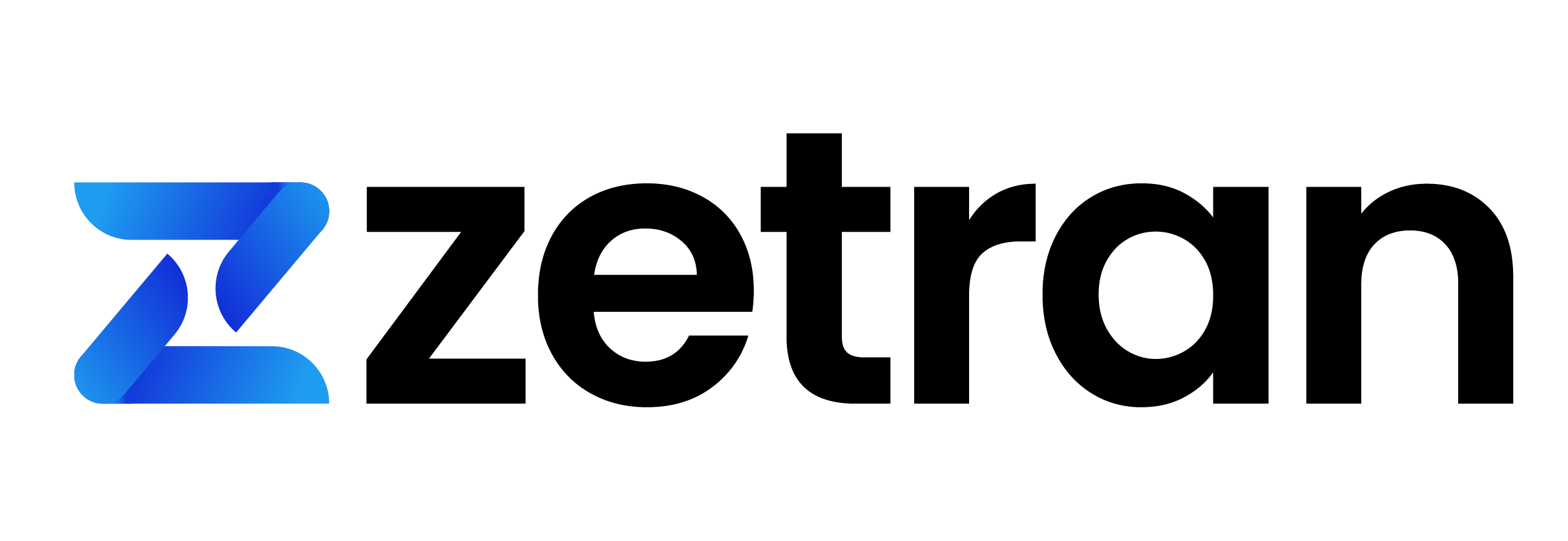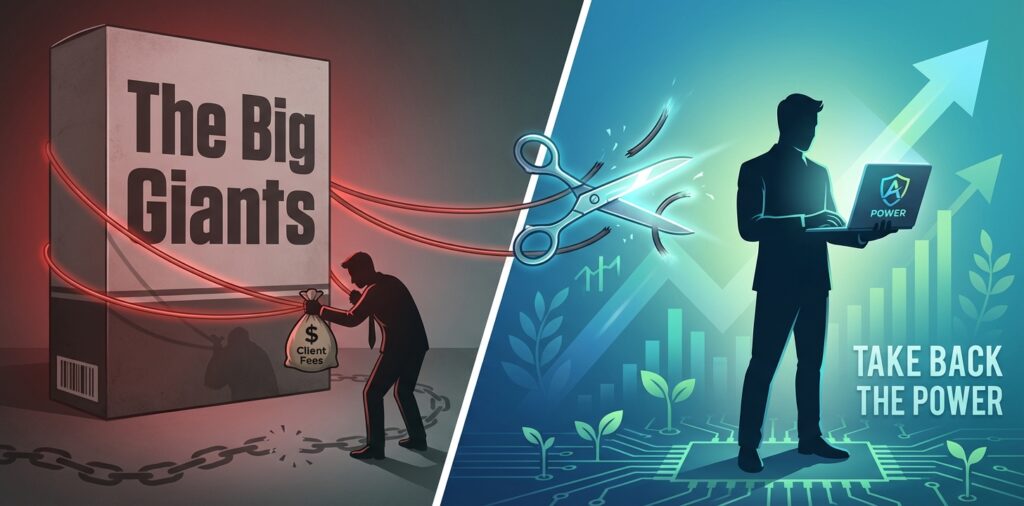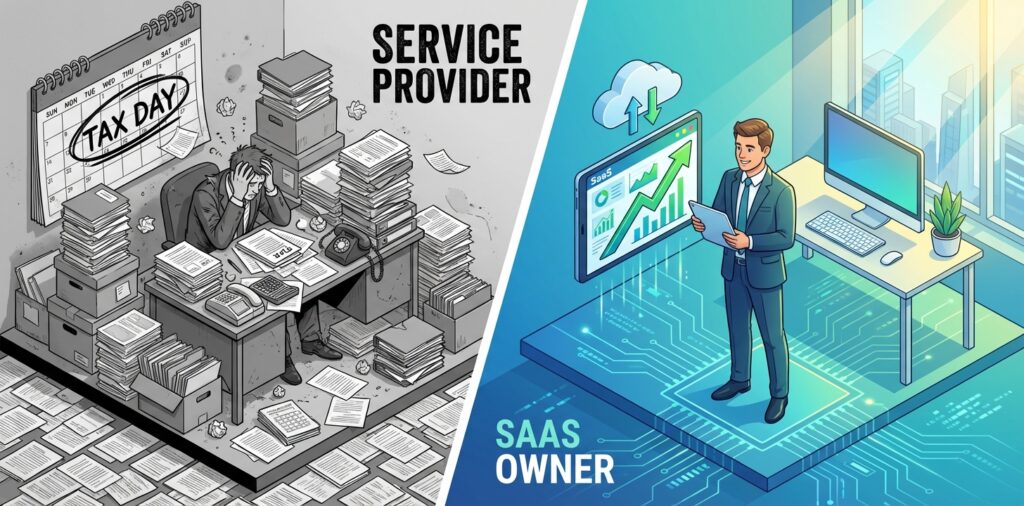Latest Updates
Feb 1st, 2022
- Individuals are unable to claim the Input tax credit if it is limited in the GSTR 2B return under Section 38.
- For a financial year, to claim the Input tax credit on debit notes or invoices, the time limit is adjusted prematurely for two dates. Firstly, Nov 30th of the subsequent year or secondly, as the annual return filing date.
- Section 38 is thoroughly reworked and updated as “Communication of details of inward supplies & ITC” in line with the GSTR 2B form. It has laid down the procedure, timing, necessities, and conditions for input tax credit (ITC) claim and eliminated the two-way communication process for filing GST returns on suspended GSTR-2 return. It also said that information on both the eligible and ineligible ITC will be provided to taxpayers for claims.
- Also, section 41 is reworked and updated to fire references to provisional ITC claims and specify self-assessed ITC claims with limitations.
- Sections 42, 43, and 43A on provisional input tax credit procedure, matching, and reversal are annihilated.
Dec 29th, 2021
36(4) CGST Rule is modified to terminate extra ITC of 5% and above ITC emerging in GSTR-2B. From Jan 1st, 2022, companies can claim ITC only if the supplier says it in GSTR-1/ IFF and it is displayed in their GSTR-2B.
Dec 21st, 2021
From January 1, 2022, ITC claims are permitted, only if they occur in GSTR-2B. Therefore, taxpayers can’t able to claim 5% provisional ITC under CGST Rule 36(4) and provide that every ITC value claimed in GSTR-2B is mirrored.
Input tax credit under GST
Before exploring how to claim ITC in GST, let’s begin with the introduction of an input tax credit under GST.
Input tax credit (ITC) is one of the most prominent features of the newly introduced GST tax system in India. ITC gives registered taxable businesses the benefit of reduced taxation. This is because the tax they pay on sales is reduced as a result of the tax they have already paid on purchases.
Though the concept of ITC has been in existence even before the introduction of GST, it has been modified. It is now possible to claim an input tax credit for central sales tax and since all the various forms of tax are now subsumed under GST, it is possible to cross-credit one tax to the other, especially for IGST. For instance, you can utilize the credit you get from paying VAT on other forms of tax, say luxury tax.
To reduce your tax liability and keep your business floating, it is important to take advantage of ITC. However, there are certain conditions that you must meet to claim your ITC.
What is ITC (Input Tax Credit) in GST?
The GST (Goods and Service Tax) system permits companies to claim input credit for the paid tax during buying capital your business goods.
Input tax is nothing but paying tax during the output, you can decrease the tax that you have paid before on inputs. To get a clear view of input tax let’s take an example. Consider a manufacturer, the payable tax on the final product (i.e., input) is Rs.450, and the tax paid while making a purchase (i.e., input) is Rs.300. You can claim the input credit of Rs.700 and you are required to deposit Rs.150 in taxes.
When a particular individual is covered under the GST act, an input credit mechanism becomes available.
Who are ineligible to claim ITC?
Here are some of the cases, where input tax credit can’t be claimed. The ITC can’t be claimed,
- If an individual buys capital goods, utilized for non-business purposes
- If an individual buys capital goods, utilized for manufacturing exempted goods
- Composition dealers
- Blocked credits [Section17 (5)]
Additional note: If any individual taxpayer who are ineligible for ITC and used its benefit, 18% interest must be paid to the government. If the ineligible person has availed the ITC and if that ITC is not used, then they don’t need to pay the interest.
Rules to follow to Claim your ITC
- Both you and your supplier must be registered, taxable persons.
- You must possess a valid tax invoice, debit note, bill of entry, bill of supply, and other prescribed documents.
- You must have received the goods or service.
- Your supplier has paid the tax charged on the goods or services to the government.
- The supplier has filed a GST return on the supply.
- If the goods are in installments, the credit will be paid only when the last installment is paid.
- You must pay the consideration for the supply received within 180 days to enjoy input tax credit otherwise any ITC paid shall be added to your output tax liability with interest.
- You can claim the input tax credit on taxable exports or zero-rated supply goods.
Claiming & reconciling Input tax credit in GST with example
With no further delay, let’s how to claim input tax credit under GST.
Types of taxes under GST
- CGST (Center GST)
The central government will collect this tax within one single state for transactions.
- SGST (Centre GST)
The state government will collect this tax within one single state for transactions.
- IGST (Integrated GST)
The central government will collect this single levy between the states for transactions.
As we discussed, the SGST, CGST, and IGST tax credits – are used to compensate one another.
- SGST credit- used to compensate SGST liability; If the credit is left, that could – applied towards IGST liability next.
- CGST credit- used to compensate CGST liability; If the credit is left, that could – applied towards IGST liability next.
- IGST credit- used to compensate SGST liability; If the credit is left, that could – applied first towards CGST liability and next towards SGST liability.
In these credits, the reconciliation is performed by comparing and matching your transactions with the dealers or the customers. With this, Tax Department will confirm the transactions on both ends. With the help of GSTIN, transactions are matched together.
How does this reconciliation work? With Example
Consider recipient X. He bought 20 tons of irons from the supplier Y. Assume both X and Y registered under GST. Now both the companies will reconcile their business transactions. Here is how the recipient will claim the input tax credit.
- Supplier Y will file the GSTR 1
- Automatically, the data provided in the GSTR 1 will be fetched to GSTR 2A for the X recipient. Here they can view their business transaction information.
- Next, recipient X will review those records, and he will make any of the changes if required. While filing GSTR 2, those modified data are pulled automatically. The accurate input credits are credited to the respective electronic credit ledger.
- Next, supplier Y, using the GSTR 1A form, can see and receive the modifications done by X in the GSTR 2 form.
- At last, once the supplier Y files GSTR 3 monthly returns, X can avail of the input tax credit and can utilize it for future output tax liabilities.
If your purchased tax is larger than the Sales tax, the additional input credit can be claimed as a refund or carried forward. Also, the current CENVAT credit can be transferred to GST ITC.
Other Points to Note in Order to Claim ITC
- You cannot use ITC on SGST paid in one state to pay for SGST in another state.
- You cannot claim ITC for goods you purchase for personal consumption or without the intention of reselling.
- Taxpayers who are beneficiaries of the composition scheme cannot enjoy ITC.
- A bank or any non-banking financial institution can claim ITC proportionate credit or 50% of the eligible tax credit.
- Your GSTR-3 return must match with your supplier’s GSTR-3 return for you to claim ITC, as any mismatch due to duplication or excess input declaration on the part of the recipient, then the excess input will be considered as output liability for the recipient, which shall be paid with interest. To ensure accuracy in your invoice or carry out sales and purchase reconciliation, consider utilizing online accounting software.
- For newly registered taxpayers, those that changed from composition dealers to normal dealers and from exempt to taxable supplies, they cannot avail of ITC after one year of the date of issuance of tax invoice relating to such supply.
You must know that to claim your ITC, the input tax must be paid through the Electronic Cash/Credit Ledger. Therefore, you can credit your ITC in your electronic credit ledger and utilize it later.






